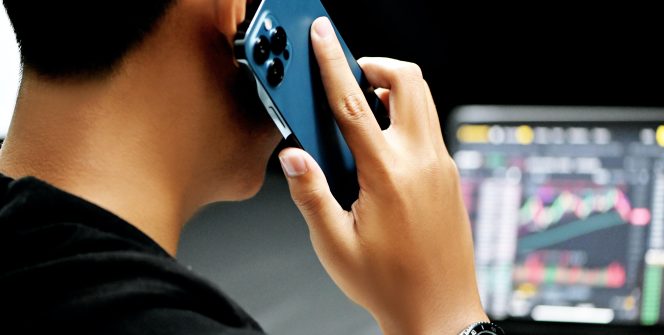Trading platforms and online trading activities are growing constantly since the start of the new decade, with an increased number of people joining it and money flooding into the retail market. Last research estimated the size of the online trading market as 8.28 billion USD.
It is a fact nowadays that there is an advanced global awareness regarding the financial markets in general, and online trading in specific, among common people. And those are the same people who influenced the share price of the famous (and yet almost bankrupted) videogame retailer GameStop during the #gamestonk wave of 2021.
That is why the digitalisation of financial markets and the constant upgrading of the tools used to invest in it will have a major driver for the growth of the global market. And it is not a surprise if more and more people want to be part of it.
How to Start Safely
First thing to do when you decide to start online trading is to choose an online trading broker.
In order to do so, you will have to search between dozens and dozens of names on the internet. While doing so, remember to considerate regulated brokers only.
As a matter of fact, an online broker must be regulated by a financial authority to be considered a legitimate and safe brokerage service. These authorities are divided by areas of influence and are renown for their high standards and rigorous control over both financial markets and financial providers.
Among the most famous one we remember:
Europe Continent
- BaFin – Bundesanstalt für Finanzdienstleistungsaufsicht (Germany)
- BCSM – Central Bank of San Marino (San Marino)
- CONSOB – Commissione Nazionale per le Società e la Borsa (Italy)
- CYSEC – Cyprus Securities and Exchange Commission (Cyprus & European Union)
- ESMA – European Securities and Markets Authority (European Union)
- FCA – Financial Conduct Authority (United Kingdom)
- GFSC – Gibraltar Financial Services Commission (Gibraltar)
Americas
- CIMA – Cayman Islands Monetary Authority (Cayman Islands)
- CSA – Canadian Securities Administrators (Canada)
- CVM – Comissão de Valores Mobiliários (Brazil)
- FinCEN – Financial Crimes Enforcement Network (USA)
- IFSC – International Financial Services Commission (Belize)
- IIROC – Investment Industry Regulatory Organization of Canada (Canada)
- SEC – Securities & Exchange Commission (USA)
Asia & Oceania
- ASIC – Australian Securities and Investments Commission (Australia)
- FSC – Financial Services Commission (South Korea)
- ISA – Israel Securities Authority (Israel)
- JFSA – Financial Services Agency (Japan)
- SEBI – Securities and Exchange Board of India (India)
- SFC – Hong Kong Securities and Futures Commission (Hong Kong)
You should also remember that choosing a non-regulated broker will likely lead you towards a scheme or fraudulent scheme, so stay away from brokers without a licence provided by a regulator.
How To Open An Online Trading Account
Once you double-checked that your future broker falls under the umbrella of one of the aforementioned financial regulators presents in your region, you may proceed by opening a trading account
Open a trading account expect you to comply with a simple process which is pretty standard across brokerage services where you will have to:
- Select a broker
- Compare rates and services
- Provide personal information and fill KYC forms
- Submitting a proof of identity
- Submitting a proof of address
- Start verification process
- Connect your account to the trading platform
- Place buy/sell order
With these easy steps, you will be ready to be part of the online trading world.
In Conclusion
Remember that you must minimise risks by engaging in extensive research of the market data and learn as much as possible in the process.
A good example of learning from your mistakes without losing your money would be the use of a demo account. Thanks to it, you will see the end result of your investment by using a virtual balance which will not put at risk your funds.

Leave a Reply